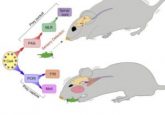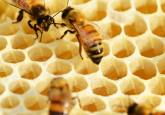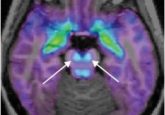Sleep vs sex: how to settle the debate
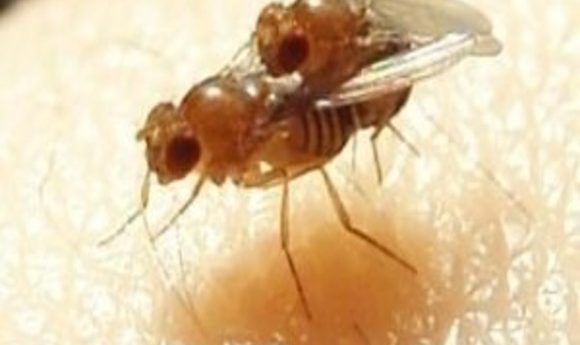
How do fruit flies decide whether it’s time to sleep or time to mate?
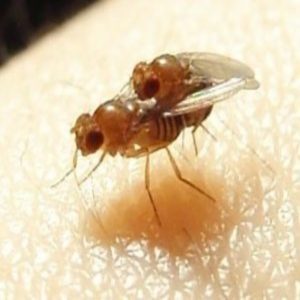
Mating couple
Source: Wikimedia
All of us have experienced those nights when approaching deadlines, unexpected news, or amorous possibilities have banished sleep from our eyes. The biological need to sleep is often counterbalanced by the drive to perform other tasks, and how this competition between conflicting choices is regulated remains an open question in the field of neurobiology. Now, a new study by Kyunghee Koh and colleagues at the University of Pennsylvania shows that male fruit flies employ a specific neural circuit to balance the need to sleep and the desire to reproduce.
“We were interested in the question of how sleep is regulated,” said Koh. “We wanted to see, first, whether there was any competition between these two behaviors [sleep and courtship]. And we also wanted to know in more detail what are the neural mechanisms underlying this competition.”
Fruit flies follow a sleep–wake cycle very similar to human beings, with strict circadian clocks that let them sleep in the night, and stay awake during the day. Mating, on the other hand, follows a very elaborate courtship ritual initiated by male flies, involving—among other things—extending a wing, tapping several feet, and serenading the special ladies.
To investigate how fruit flies react to the conflicting desires of sleeping and mating, Koh and colleagues housed flies overnight in either male–male or male–female pairs. As expected, in the presence of female flies, male flies slept much less than they did in the presence of male flies, and the extra time not dedicated to sleeping was spent courting.
This drive to suppress sleep and engage in courtship, however, was not constant. If male flies were sexually satiated by being allowed to mate several times prior to the experiment, they no longer abandoned sleep in favor of courtship. Similarly, if these flies were sleep-deprived for several hours, later when faced with a female, they chose to sleep instead of initiating courtship.
Decades of research have gone into delineating which circuits regulate fruit-fly courtship behavior. Almost 2% of the neurons in the male fruit-fly brain express a particular transcription factor called “fruitless,” and a large number of these neurons are dedicated to male-specific behaviors, including courtship and aggression.
When Koh and colleagues began hunting for the neural mechanisms that govern the switch between sleep and courtship, the team came across a small group of neurons that seemed to be critically linked to mediating the suppression of sleep by mating drive. When these neurons were silenced, male flies no longer displayed reduced sleep in the presence of females.
These neurons, which the authors called MS1 neurons, all expressed a neurotransmitter known as octopamine, which is analogous to human norepinephrine—a neurotransmitter known to regulate wakefulness in mammals. While surprisingly not expressing fruitless themselves, the MS1 neurons formed bidirectional connections with several different groups of fruitless-expressing neurons.
“MS1 neurons receive information from the fruitless network, and they also send information to some other fruitless neurons. We think of it as an amplifier of the signal,” said Koh.
The researchers are currently following up on other neuronal pathways that participate in this male-specific regulation of sleep as well as trying to dissect the function and connectivity of MS1 neurons. “I think it’s a very interesting paper,” said Sarah Certel from the University of Montana, who was not associated with this study. “This is a study that provides more information on the distinct functional capabilities of the octopamine neurons in that region.”
